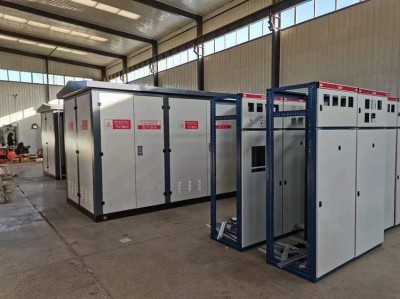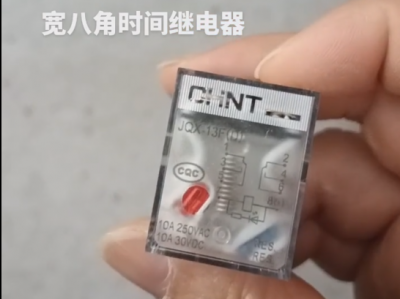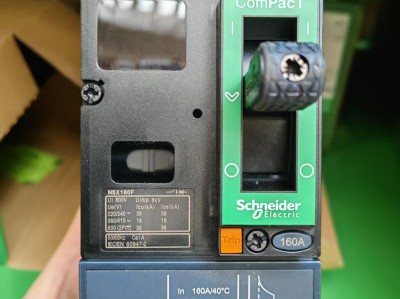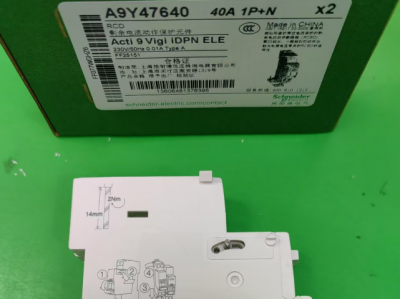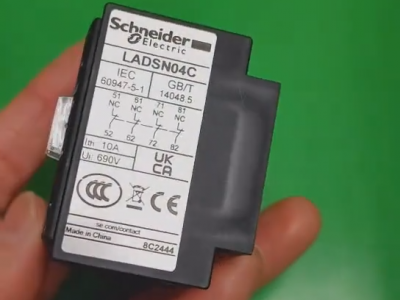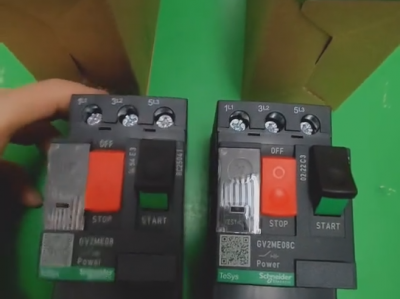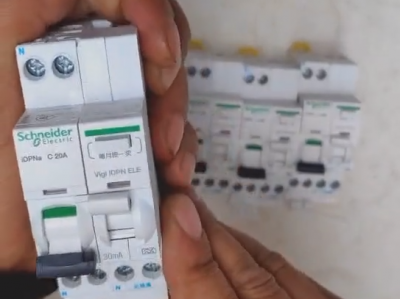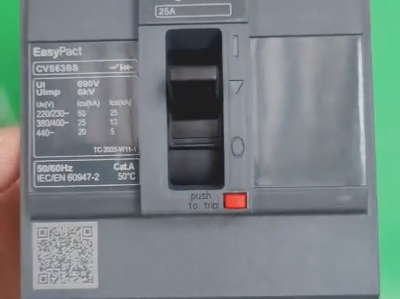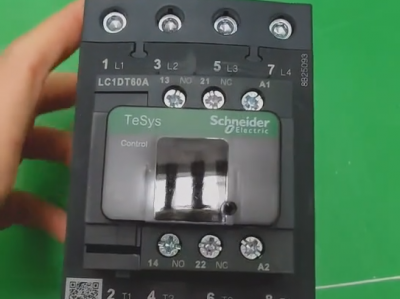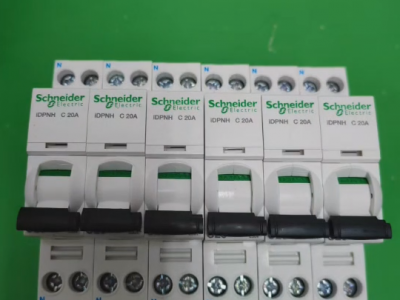Chint NXBLE40C20 and Schneider IDPNaC16A
Product description
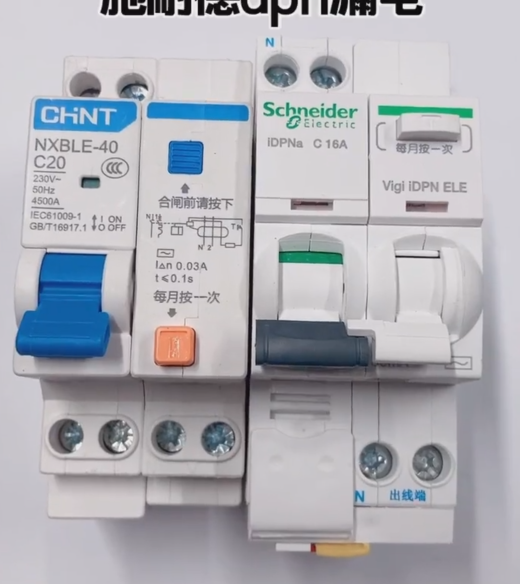
Both Chint NXBLE40C20 and Schneider IDPNaC16A are 1P+N residual current circuit breakers, suitable for terminal power distribution systems, but there are significant differences in their performance, positioning, and applicable scenarios. The following is a comparative analysis from aspects such as core parameters, functional characteristics, market positioning, and practical applications:
I. Comparison of Core Parameters
1. Rated Current and Breaking Capacity
Chint NXBLE40C20:
It has a rated current of 20A and a breaking capacity of 4.5kA, suitable for circuits with large loads (such as air conditioners, kitchen appliances). Its C-type tripping curve can cope with inrush currents, such as instantaneous overloads during motor startup.
Schneider IDPNaC16A:
It has a rated current of 16A and a breaking capacity of 6kA, with stronger breaking capacity, which can cope with scenarios with higher short-circuit currents (such as industrial or commercial environments). The C-type curve is also suitable for ordinary residential loads, but the 16A current is more suitable for conventional circuits such as lighting and sockets.
2. Residual Current Protection Characteristics
Chint:
The residual operating current is 10mA (AC type), and the breaking time is ≤0.1 seconds. It has higher sensitivity and can respond to tiny leakage currents more quickly, especially suitable for protecting personal safety (such as bathrooms, humid environments).
Schneider:
The residual operating current is 30mA (AC type), and the breaking time is also ≤0.1 seconds, which meets the conventional safety standards and is suitable for general residual current protection needs.
3. Size and Installation
Chint NXBLE40C20:
The width is about 45mm (referring to the NBH8LE-40 series), which takes up more space in the distribution box, but it supports TH35 rail installation and has strong compatibility.
Schneider IDPNaC16A:
With a width of only 36mm, it is more compact in size, suitable for scenarios with limited space in the distribution box (such as small residences or dense installation environments).
II. Differences in Function and Design
1. Certification and Standards
Chint:
It has passed China's CCC certification and CE certification, and complies with GB/T 16917.1 standard, but UL certification is not clearly marked. If used in the US market, it is necessary to confirm whether it has passed North American standards such as UL 943 or UL 489.
Schneider:
It complies with EN/IEC 61009-2-1 standard, and some models may have passed UL certification (specific products need to be inquired through Schneider's US official website), making it easier to adapt to the international market.
2. Detailed Design
Chint:
It adopts an electronic release, which has a fast response speed but needs to rely on an external power supply to work. Some users feedback that its appearance design is relatively traditional, and there is a dispute over the authenticity of low-priced products.
Schneider:
It adopts a mechanical-electronic hybrid design, with high stability, and can trigger residual current protection without an external power supply. The product surface is equipped with a fault indicator window, which is convenient for quickly identifying the cause of tripping.
3. Wire Compatibility
Both support 1-16mm² wire connection, but Schneider's terminal design is more compact, suitable for multi-strand flexible wire access.
III. Market Positioning and Price
1. Brand Positioning
Chint:
As a Chinese local brand, it focuses on cost performance, and its products are widely used in residential and small commercial scenarios. The NXBLE series takes "safe and durable" as the core selling point, with a亲民 price (about 26-27 yuan per unit in China).
Schneider:
As an international high-end brand, it emphasizes technological leadership and reliability. The IDPN series has a high market share in the European market. The domestic price is about 184.89 yuan per unit, targeting mid-to-high-end engineering and family users.
2. Suggestions for Applicable Scenarios
Priority is given to Chint NXBLE40C20:
- Limited budget and need for high-sensitivity residual current protection (such as bathrooms, children's rooms).
- Sufficient space in the distribution box and need to carry 20A high-current loads (such as instant water heaters).
Priority is given to Schneider IDPNaC16A:
- Pursue brand reliability and compact design (such as apartments with tight distribution box space).
- Need to adapt to international standards or potential export needs (such as overseas engineering projects).
IV. Notes
1. Certification and Compliance
If used in the US market, it is necessary to confirm whether the product has passed UL certification. The Chint NXBLE series is not clearly marked with the UL logo, while the certification status of the specific model of Schneider IDPNaC16A needs to be inquired through the official website.
Some local building codes require the residual operating current to be ≤30mA. The 10mA sensitivity of Chint may trigger more frequent misoperations, which need to be adjusted according to the actual environment.
2. Installation and Maintenance
Both need to regularly test the residual current protection function (press the test button monthly) to ensure the normal operation of the release.
Attention should be paid to the stability of the external power supply for Chint's electronic release to avoid affecting the protection performance due to voltage fluctuations.
V. Summary
Chint NXBLE40C20 is characterized by high sensitivity, large current carrying capacity and economy, suitable for residential users who pay attention to cost performance.
Schneider IDPNaC16A, with stronger breaking capacity, compact design and international recognition, is more suitable for scenarios sensitive to reliability and space occupation.
The final choice should be based on the budget, installation environment and local standards. If used in the US market, it is recommended to first confirm the UL certification status or choose Schneider's North American adaptation model.

